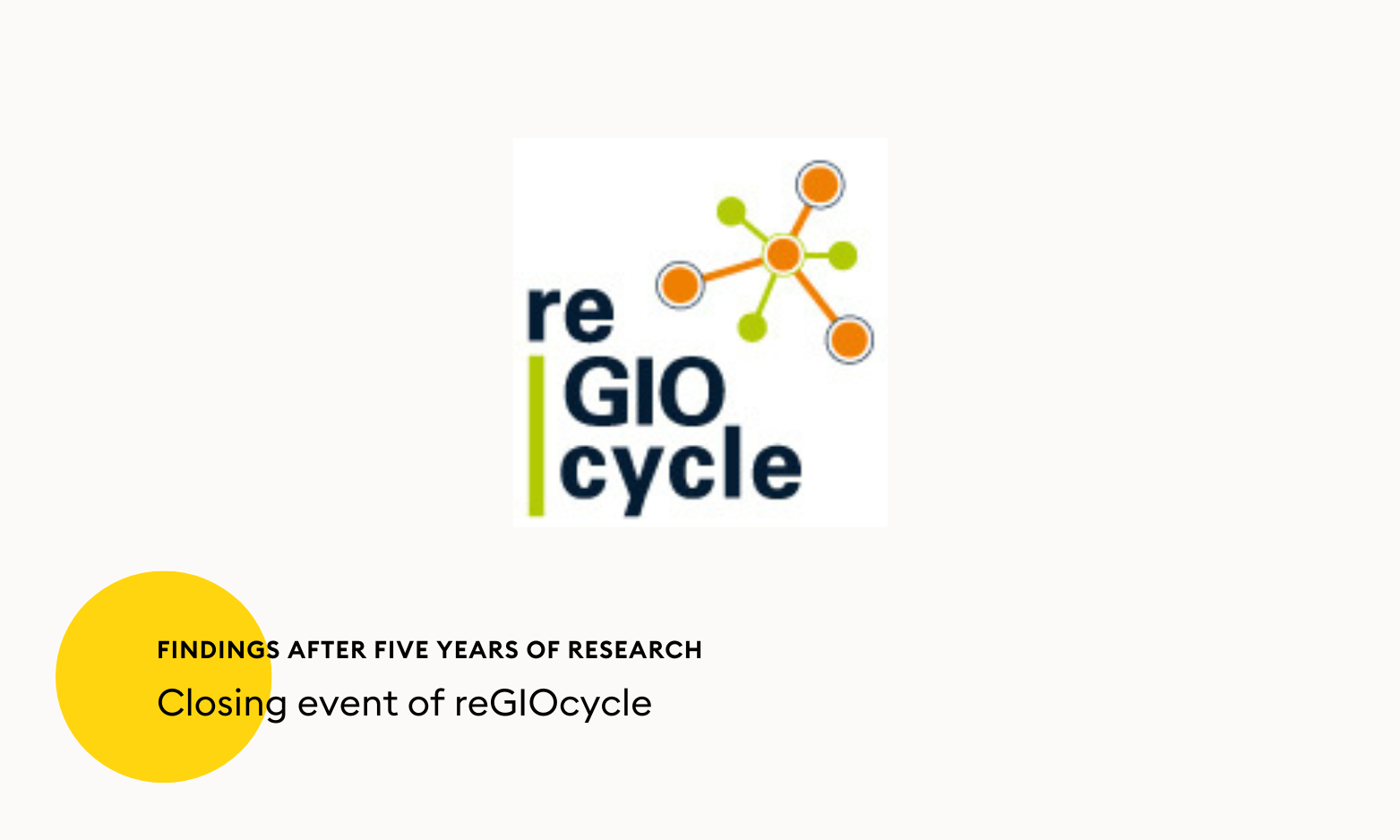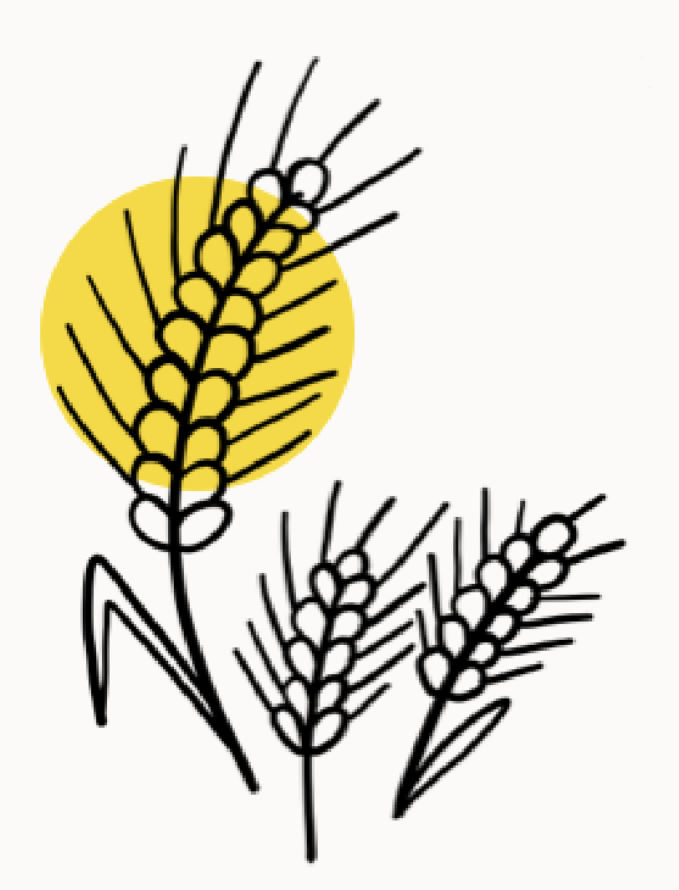 Back
Back
Closing event of the reGIOcycle research project
12.11.2024 | by Hilal Albaba
Sustainable circular economy through straw: results of the reGIOcycle research project
The closing event of the five-year reGIOcycle research project took place in Augsburg on November 12. The aim of this project was to develop concepts for the avoidance, substitution and sustainable use of plastics using the region of Augsburg as an example. One focus was on the material and energy use of cereal straw – a renewable raw material with untapped potential.

Straw as the basis for sustainable cycles
If the Landbox straw is disposed of in organic waste, it can be fermented after use as packaging material to produce biogas – a sustainable energy source for decentralized heat and power supply. A study by the bifa environmental institute in collaboration with the waste management and municipal cleaning company of the city of Augsburg (AWS) showed that our Landbox with a capacity of 15 liters produces 800 liters of biogas during fermentation. After fermentation, the residue can be composted, returning the nutrients to agricultural land. This recycling replaces artificial fertilizers and closes the nutrient cycle in a natural way.
Wide range of potential applications
The material use of straw before energy recovery opens up further advantages. Straw can be used as an insulating material in the construction industry, for instance. This application combines local value creation with low CO2 emissions and simultaneously strengthens regional agriculture.
Innovative approaches in agriculture
The project has opened up new perspectives on the sustainable use of straw beyond conventional approaches:
- Crop rotations and humus balance:
Traditionally, the removal of straw is limited by fixed crop rotations in order to maintain the humus balance of the soil. However, the reGIOcycle project shows that farmers can use measures such as green manure to balance the humus balance and remove more straw sustainably. - Targeted use of straw shorteners:
The quantity and quality of the straw produced are strongly influenced by crop protection products such as straw shorteners. While some straw shorteners reduce the amount of straw per hectare, others compact the straw, making it more attractive for certain applications such as packaging materials. - Advantages of composting:
Ploughing straw into the soil – known as straw fertilization – requires the use of large quantities of nitrogen fertilizer. The recycling of high-quality compost, as investigated in the project, can avoid this ecological disadvantage and improve the nitrogen balance of the soil. - Sustainable energy and resource conservation:
The energetic use of straw in the form of biogas offers a further opportunity to close cycles sustainably. The project has shown that significantly larger quantities of straw can be extracted from agricultural land through the partial recycling of compost than previously assumed. This opens up new potential for the production of green energy and the reduction of fossil fuels.
Categories
Tags
Author
Hilal Albaba


